Periodic Table Metals And Nonmetals And Metalloids
The periodic table is organized in families and periods. Using it you should be able to classify all the elements in different ways.
Also many periodic tables have a stair step line on the table identifying the element groups.
Periodic table metals and nonmetals and metalloids. Discussion of the properties of each. Introduction to metals non metals and metalloids. Metals nonmetals and metalloids make up the periodic table with metals constituting the large majority of all metals.
Metals are elements having the highest degree of metallic behavior. Elements present to the left of the line of the periodic table are said as metals though elements present to the far right of the periodic table are said as non metalsmetalloids or semimetals are present just to the right of metals and possess properties of metals as well as non metalshydrogen h is an exception which is the first element of the periodic table and normal temperature and. Learn the difference between metals nonmetals and metalloids.
Position in the periodic table. The periodic table of metals and nonmetals can be broken down to give you a sense of each elements characteristics. In this article we will discuss another broad classification of elements metals and non metalsthe classification is largely based on the chemical properties which are common among the divisions.
Elements to the left are metals and nonmetals are to the right. You have already learned about the s p d and f block elements. Metals in the periodic table you can see a stair stepped line starting at boron b atomic number 5 and going all the way down to.
The periodic table contains a lot of useful information on the elements. Properties of metals nonmetals and metalloids are discussed and you see where to find them on the periodic table. Elements of the periodic table are grouped as metals metalloids or semimetals and nonmetalsthe metalloids separate the metals and nonmetals on a periodic table.
Metalloids are elements having a low degree of metallic behavior. This periodic table shows the three different groups of elements. The exception is the element hydrogen.
Hydrogen has properties of a nonmetal at normal temperatures and pressures and an alkali metal under extremely high. Description appearance malleability and ductility position on the periodic table electronegativity conductivity of heat and electricity boiling and melting points. Metals are found in the left side of the periodic table.
The basis of comparison include. Nonmetals are elements showing less or no metallic properties. Periodic table classifies the elements in several ways.
Using the periodic table you can classify the elements in many ways. A metal in chemistry can be defined as an element that readily forms positive ions and has metallic. Difference between metals nonmetals and metalloids definition.
One useful way is by metals nonmetals and metalloids. The metalloid group separates the metals from the nonmetals.
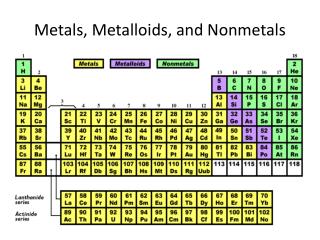

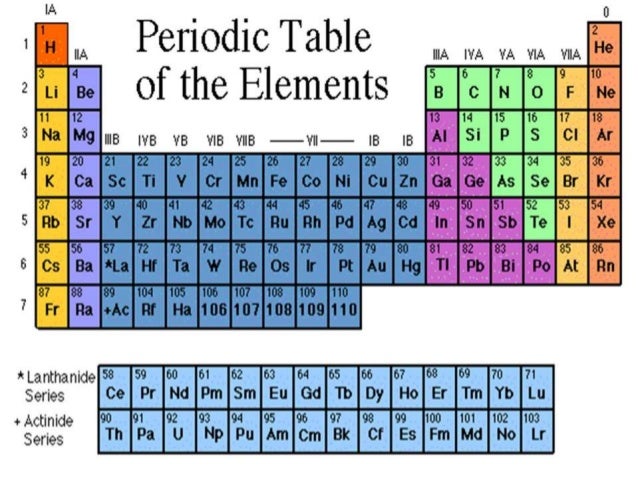
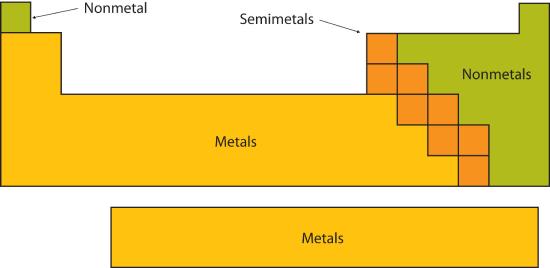


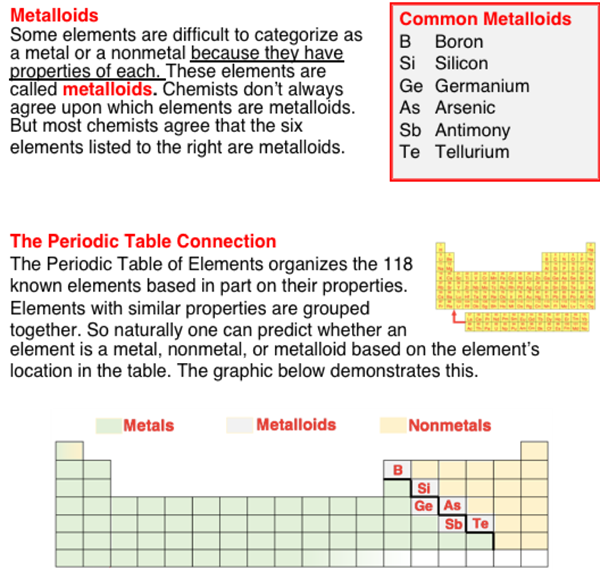


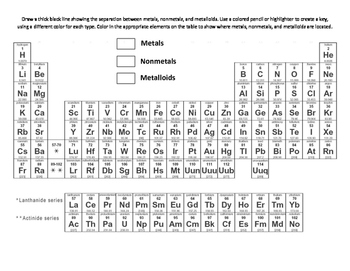


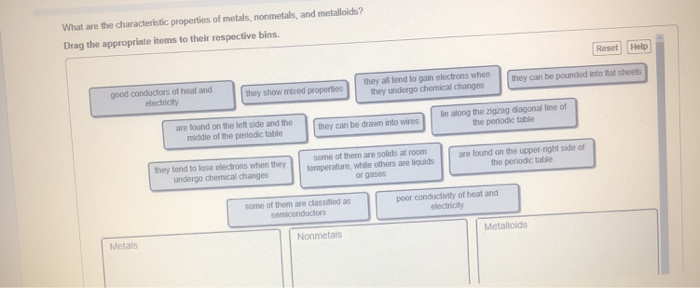





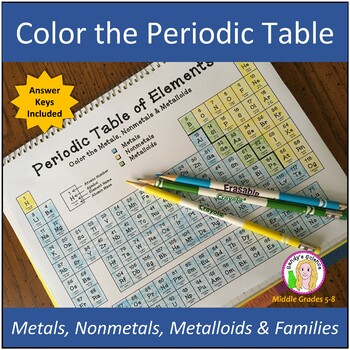

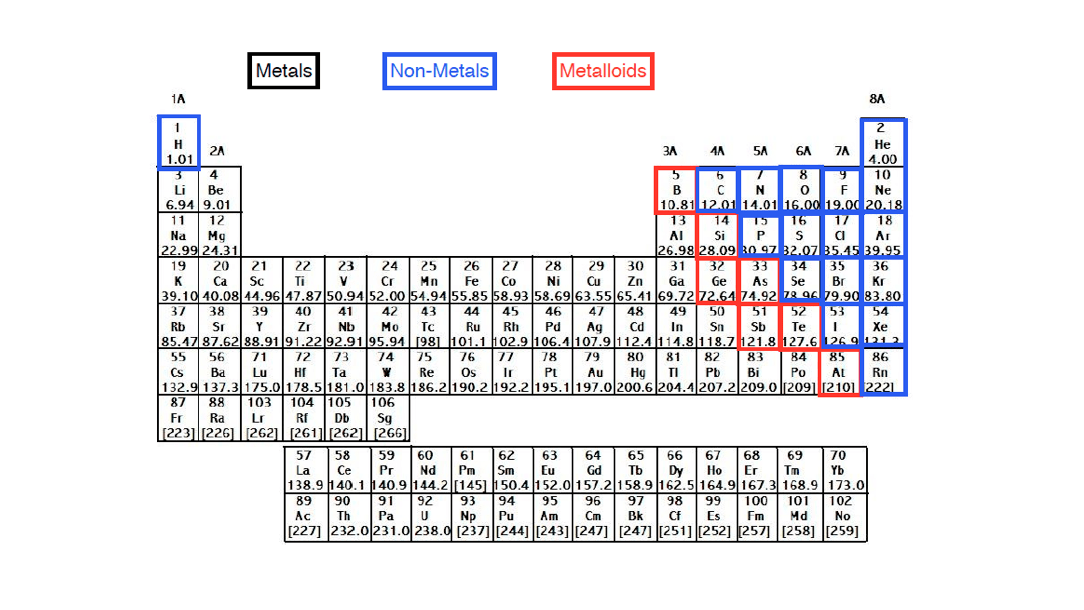



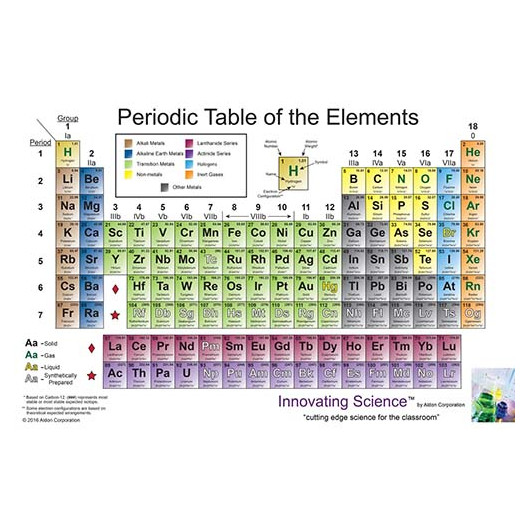

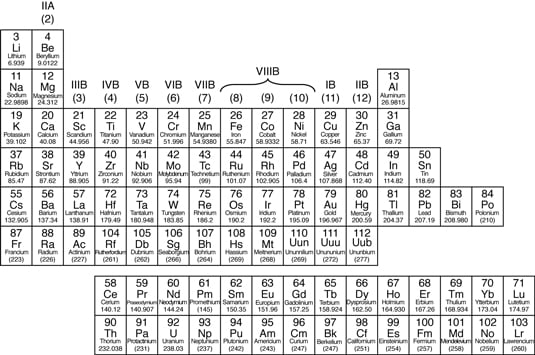

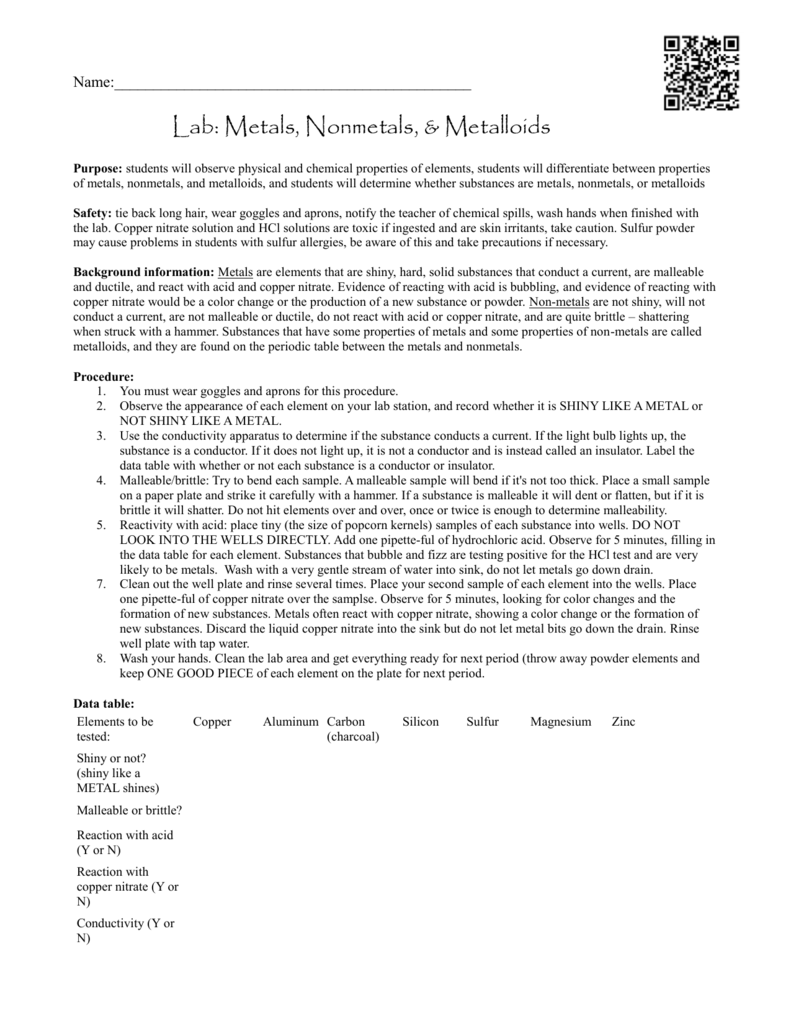
/periodic-table--illustration-738787291-59888b4822fa3a00109a466d.jpg)

/periodic-table--illustration-738787291-59888b4822fa3a00109a466d.jpg)
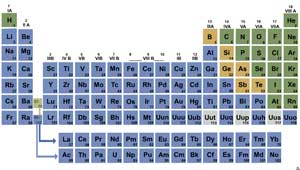
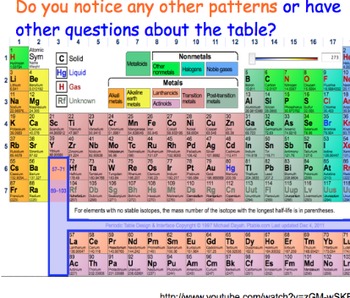


0 Response to "Periodic Table Metals And Nonmetals And Metalloids"
Post a Comment